Understanding Tiny House Systems: Toilets, Tanks, Power, and Water
How Do Utilities Work in Tiny Houses on Wheels?
You’ve seen beautiful tiny houses on wheels on TV, in magazines, and on the internet. You could see yourself buying a tiny house one day. You could use it for vacations, put it in your backyard to use as a studio or guest house, or you could live in your tiny house full-time.
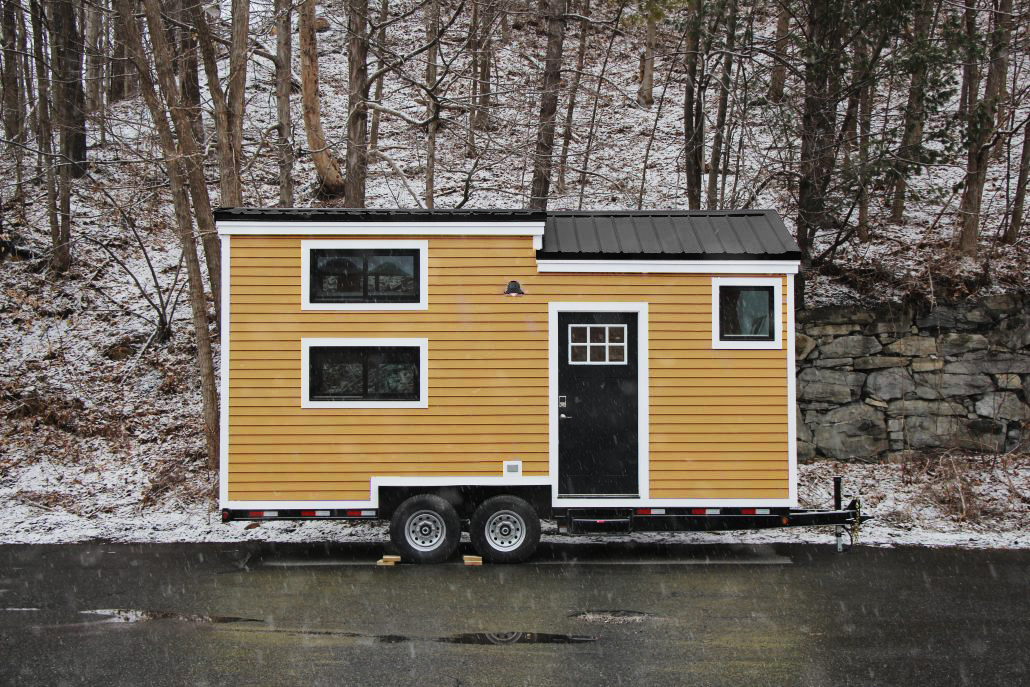
In this photo: The Hoosic Tiny House
But you may have asked yourself: if it’s on wheels, how does it really work? How do you get power to a tiny house? How do you get fresh water in and waste water out? How are tiny houses climate controlled? What expenses are you forgetting to include in your overall budget?
There’s a lot more to buying a tiny house than just buying the tiny house. You’ll need to have a good understanding of how it all works, and how you’ll deal with fresh water, waste water, power, and parking. There are many options for different types of tiny house setups. Before building, your builder will need to know how you plan to use your house so he or she can help you choose the best appliances and systems for your specific situation. Read about tiny house design sessions.
Setting Up Your Tiny House
Because they’re on wheels, tiny houses can travel. However, life on the road isn’t for everyone: most tiny house dwellers live in one place with permanent utility connections.
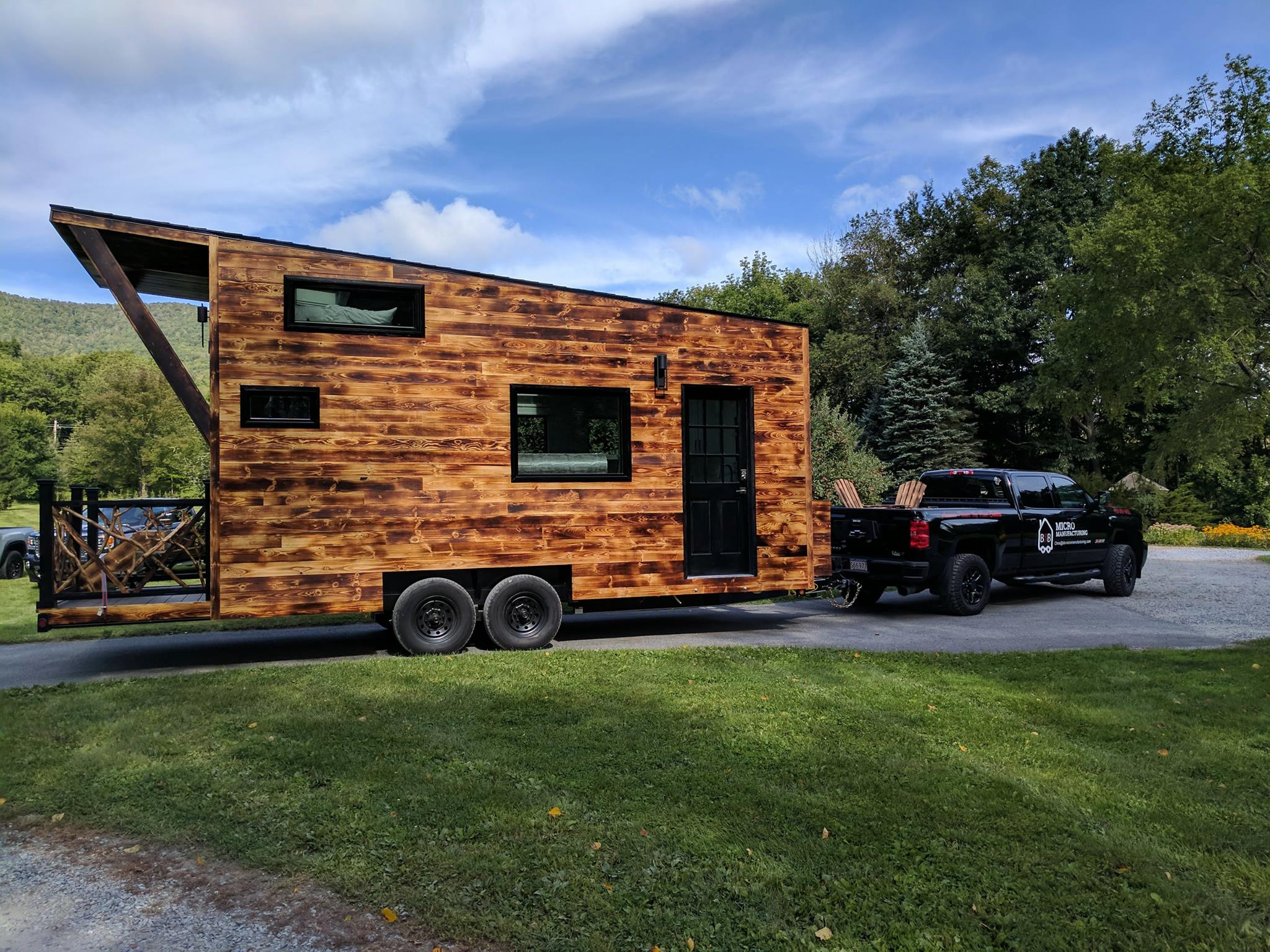 If you’re traveling with your tiny house:
If you’re traveling with your tiny house:
- Buy a truck powerful enough to pull your tiny house. Here’s an article on truck capacity for different tiny houses.
- Make sure to let your builder know they’ll need to insulate for all climates. When traditional houses are built, they are insulated according to what zone they’re in. Houses in colder climates need a lot more insulation. But when a movable house is built, it needs to withstand all kinds of weather.
- Tiny houses that travel go through a lot of wear and tear. The amount of wind and vibration a tiny house experiences when driving on the highway is the same as if the house were sitting still in a hurricane. Secure your items well inside your tiny house, and prepare to perform more maintenance on your tiny house since it will be traveling often.
- Make sure you know where you’ll be traveling to (RV parks? Friends’ houses?) and where you’ll store your tiny house when you’re not staying in it. It’s not always easy finding places to put your tiny house, so it pays to be prepared!
- In the same vein, research the cost of renting space, what utility hookups are required, and include your transportation costs, like fuel and road food, in your budget. Check out this article on the all-in cost of living in a tiny house.
- If you plan to sell your tiny house when you’re done traveling, make your resale easier by buying a tiny house with a layout that’s as universally appealing as possible.
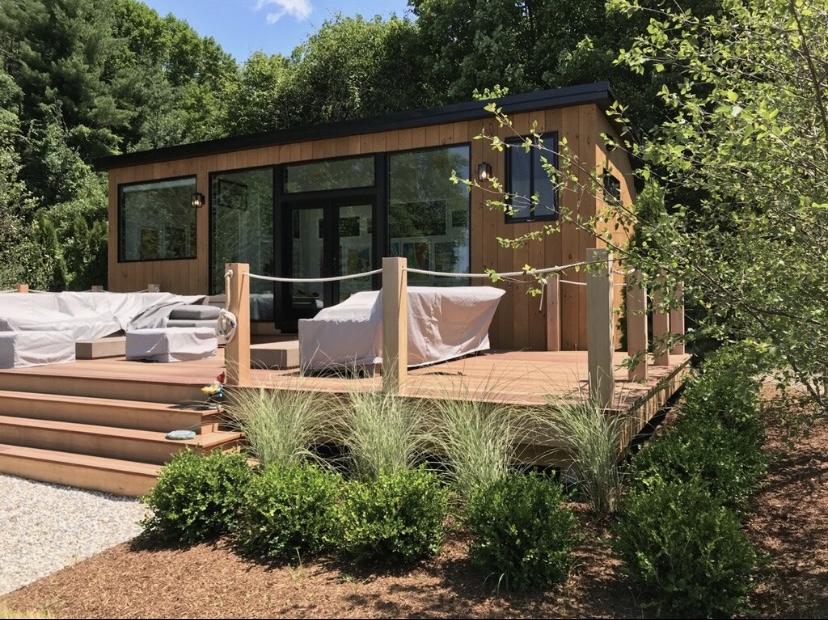 If your tiny house will stay in one place:
If your tiny house will stay in one place:
Most people place their tiny house on a gravel or concrete pad. This keeps utility lines in place and systems working properly (for example, some mini splits can leak if they’re not level).
Anchors are a great idea: they’ll keep your house from shaking even in the worst weather.
Skirting, while not necessary, also reduces shaking in high winds, and, if insulated, helps keep your pipes from freezing. Skirting creates a more permanent look to your tiny house.
If you don’t have a location for your tiny house yet, here are some things to consider when looking:
- Make sure zoning will allow you to live in your tiny house (if not, consider opting for a tiny or small house on a foundation). Rural towns will generally have less restrictive zoning laws than suburban or urban ones. Here’s an article on how to find out if your town will allow you to live in a tiny house on wheels as your permanent residence.
- Buying land that already has utilities (water and power) is generally less expensive than buying raw land and having utilities installed. Read this article on buying land for a tiny house for more information.
If you’ll be placing your tiny house in a backyard, here are some tips:
- Tiny houses on wheels are generally legally considered RVs, so if you can park an RV in your yard, you can park a tiny house in your yard. Whether it can legally be lived in full time is a different question. You’ll have to find out from your town’s zoning board. Here’s how.
- Choose a spot in your yard for your tiny house wisely. In addition to the space the tiny house will take up, you’ll need to ensure the delivery truck will have enough space to maneuver the house into place and then drive away.
Photos in this section: The Arcadia Tiny House and the Spectacle Tiny House (a custom-built park model that’s not in our catalogue).
Tiny House Water Systems
When people envision life on the road, they picture a life of freedom. But if you’re a human, you’ll still need water for life’s basics: drinking, cooking, and bathing.
RV Hookups for Water
For water, RV hookups come standard on B&B Tiny Houses. RV hookups have an inlet for a fresh water hose and an outlet for waste water. You can connect the hoses to a hookup pedestal at an RV park or, if your tiny house is in a backyard, to the main house.
Tiny houses on wheels have four potential spaces where water is used: kitchen sink, bathroom sink, shower or bath, and toilet. Depending on whether you’ll be traveling or staying put, and what systems are available at your location, we’ll help you decide on the best type of toilet for your lifestyle.
If you’re traveling, here’s how to hook up your tiny house at a campground:
Some tiny houses have water tanks and some don’t. If you’ll always be hooked up to a water system when you’re using water, you won’t need water tanks.
If your tiny house has water tanks, the tanks can store fresh and waste water until your house gets to a pumping station.
If you have water tanks, here’s a video on how to empty waste water (black water) tanks at a dumping station.
Permanent Tiny House Hookups
If your tiny house is staying in one place, you’ll want a more maintenance-free water system. Tiny houses on wheels can be hooked up permanently to the same systems traditional houses use: a well or city water for fresh water, and septic or sewer for waste water.
If your tiny house is in the back yard of a traditional house, you can hook your tiny house up to the existing water system, as long as it has the capacity to add another “bedroom”, which is code for “the water usage equivalent of one or two people being added to a house”. Generally, when houses are built, the water system permits the house to add at least one extra bathroom, in case the house gets an addition in the future.
- If the main house is on city water, you’ll need to check town records to see if the house is permitted to add another hookup to the water system. Check with town records to see if this is true in your situation. Most often (but not always) when houses are on city water, waste water will go to a city sewer.
- If the main house is on a well, check to see if the well will need to expand its capacity to provide enough water for the tiny house. Most often (but not always) when houses are on a well, waste water will go to a septic system.
Generally, we advise our customers not to DIY sewer connections, as there’s too much that can go wrong. However, we want you to have an understanding of how it’s done, so please watch the following video of how one DIYer connected his RV to the sewer.
- Contrary to what this DIYer did, we advise having a trench dug by site work professionals to bury your water lines. This is for aesthetic reasons as well as to prevent freezing. If your water lines are above ground and you’re using your tiny house year-round in a climate that freezes, wrap your hoses in heat tape from an RV supply store.
Tiny House Power Sources
Power is the second most important utility your tiny house will require. If it’s good weather outside, you can survive without using power, as if you’re going camping. But if you want to take a hot shower, operate lights and other electronics, and generally live like a modern human, you’ll need a constant source of power going to your tiny house.
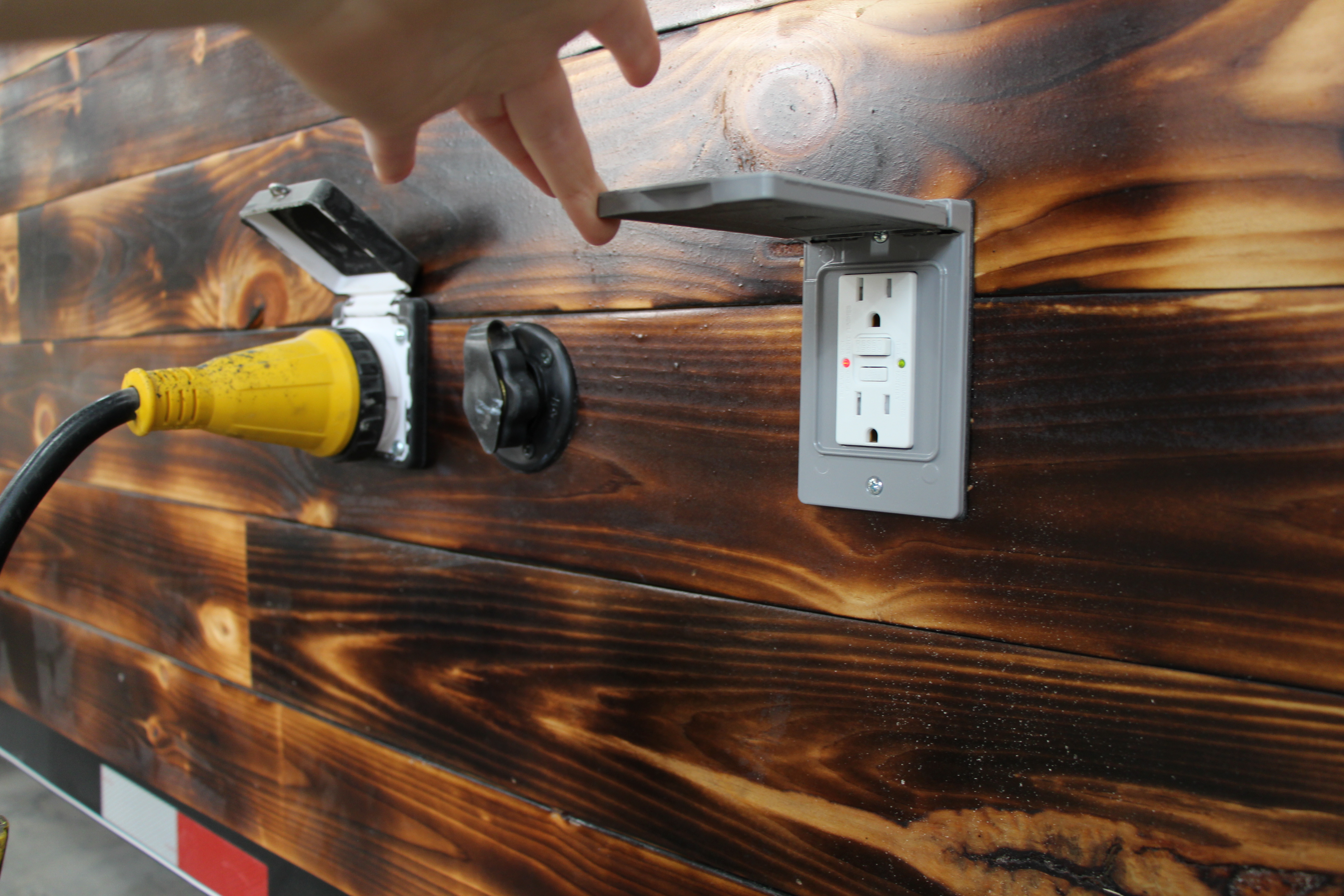 Most tiny houses on wheels come with RV hookups where you plug an extension cord with an adapter into the side of your house.
Most tiny houses on wheels come with RV hookups where you plug an extension cord with an adapter into the side of your house.
- These connections work best for those who plan to use electric appliances like ovens or washer/dryers in their tiny house.
- If you’ll permanently anchor your tiny house, however, you can have your builder put a permanent power receptacle in. It’ll go either underneath your house so the wires can be buried, or near the roof of your house so you can run overhead wires.
- Solar power systems are another option. Installing solar systems is much more expensive up front, but they can pay for themselves after 10 or so years.
- If you want an off-grid solar system that powers your whole house, you’ll need to set aside outdoor space for solar panels and indoor space like a closet for batteries and the control center. You’ll need to choose your appliances to work well with solar energy (for example, choose a gas fireplace instead of an electric heater) and use energy conservatively.
- Most people use grid-tied solar, which supplements power from the power lines and sells energy back to the grid when you’re not using it all (your meter will run backwards!) Another advantage to grid-tied solar is you won’t run out of energy on a cloudy day, because when your batteries are depleted your system will automatically switch to grid power.
Talk To Us About Designing The Best Power & Water System For Your Lifestyle
We hope this explanation of the many ways to set up your tiny house was helpful. In your design session, we’ll ask you to describe what your living situation will be and we’ll go over the best options for your specific situation.
Here’s an article that walks you through the 8 steps of buying a tiny house. When you’re ready to buy your tiny house, contact us to get started!
Thank you to YouTubersSean and Kristie Michael of Long Long Honeymoon, Mark Rowles, and BuckWSR for their instructional videos.


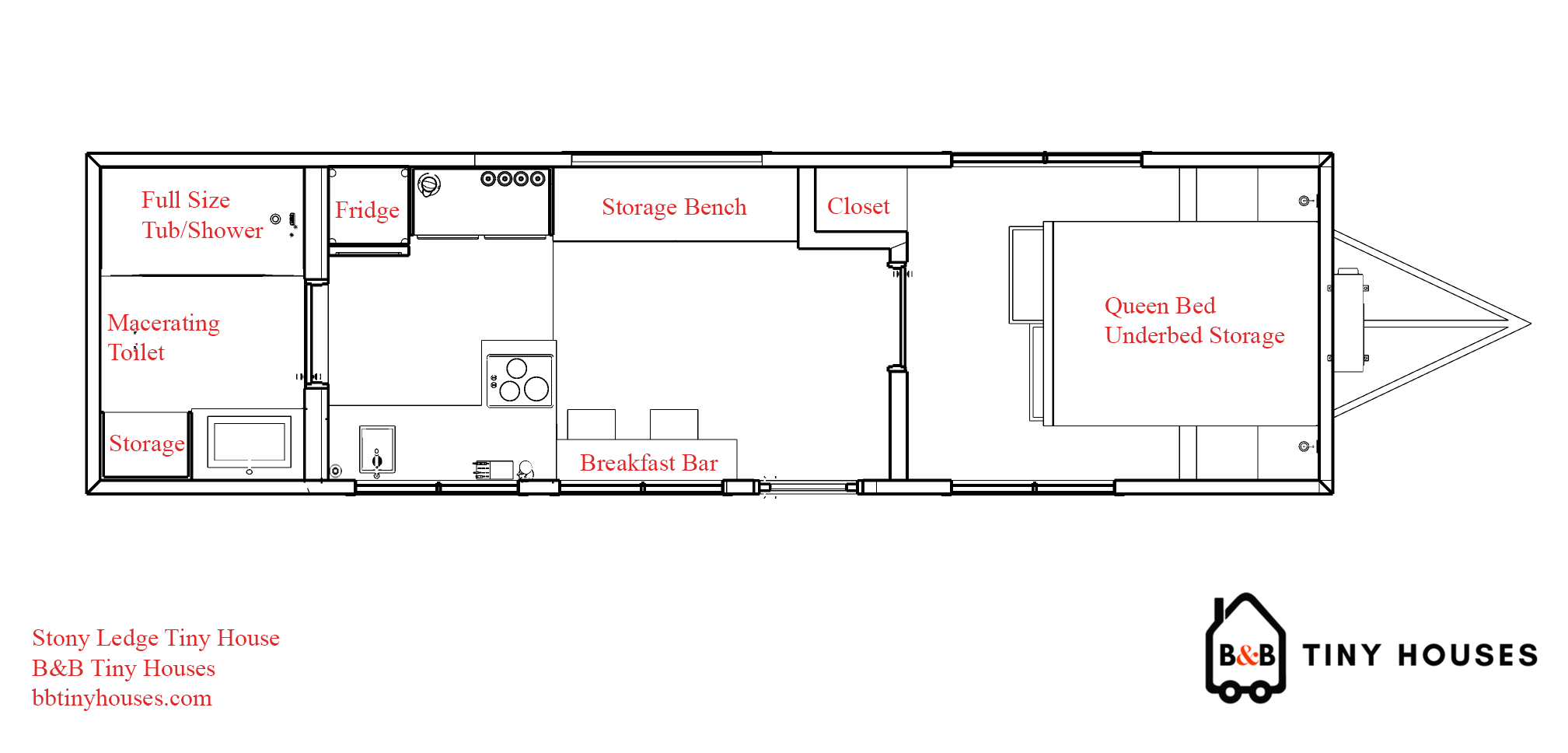
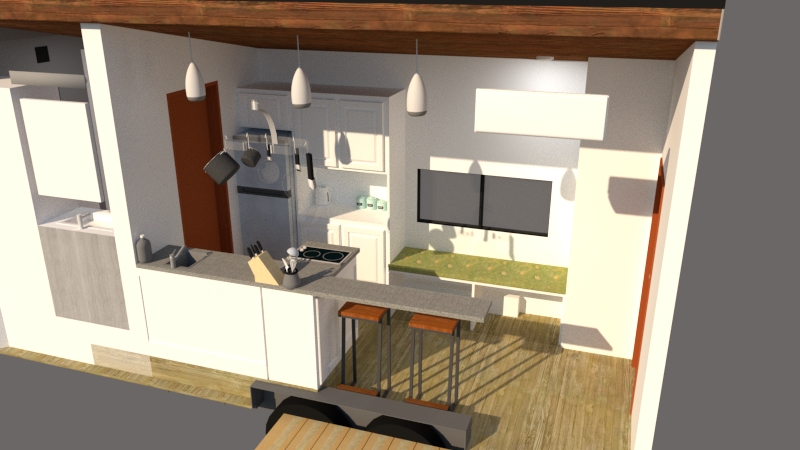
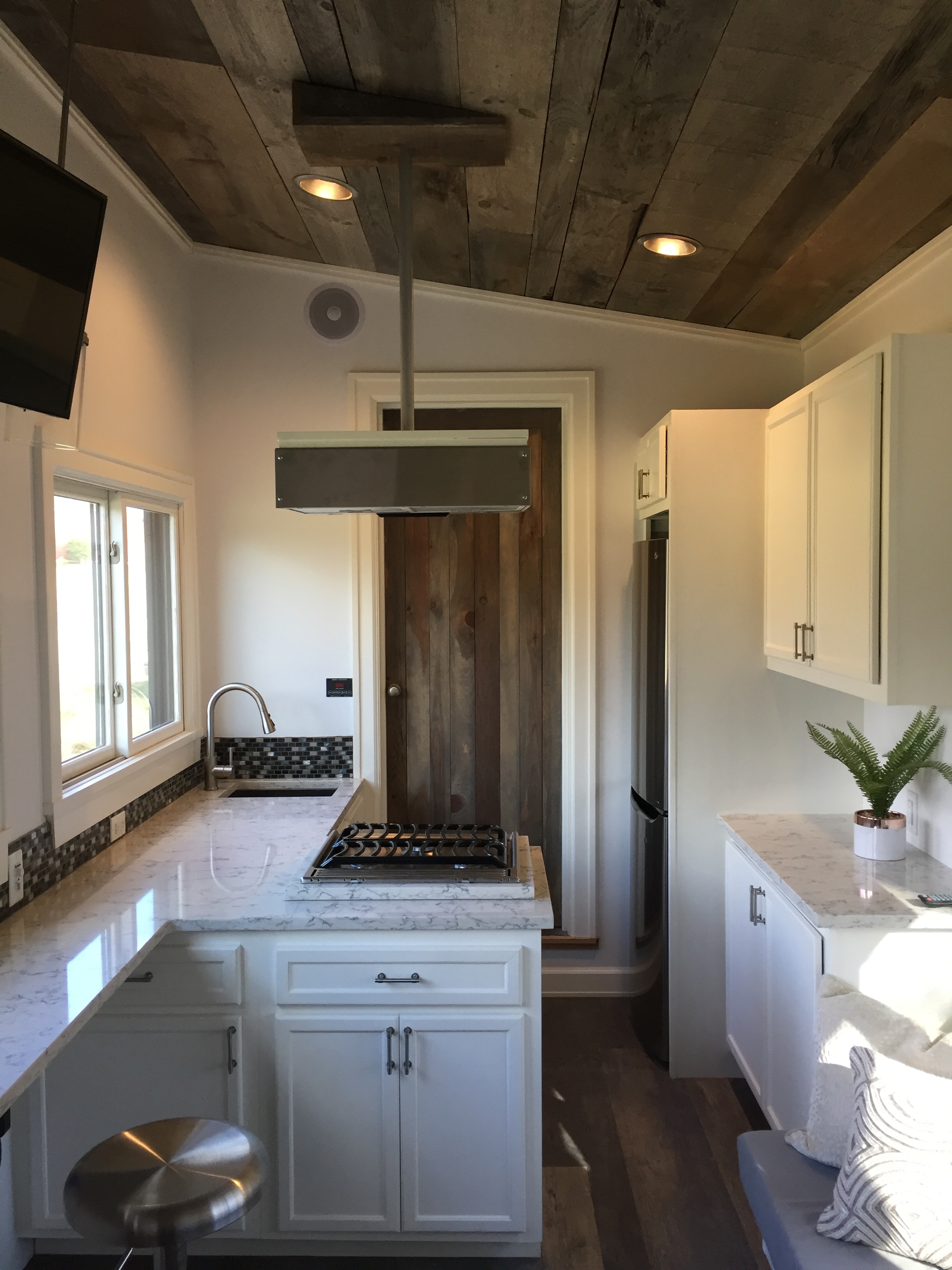
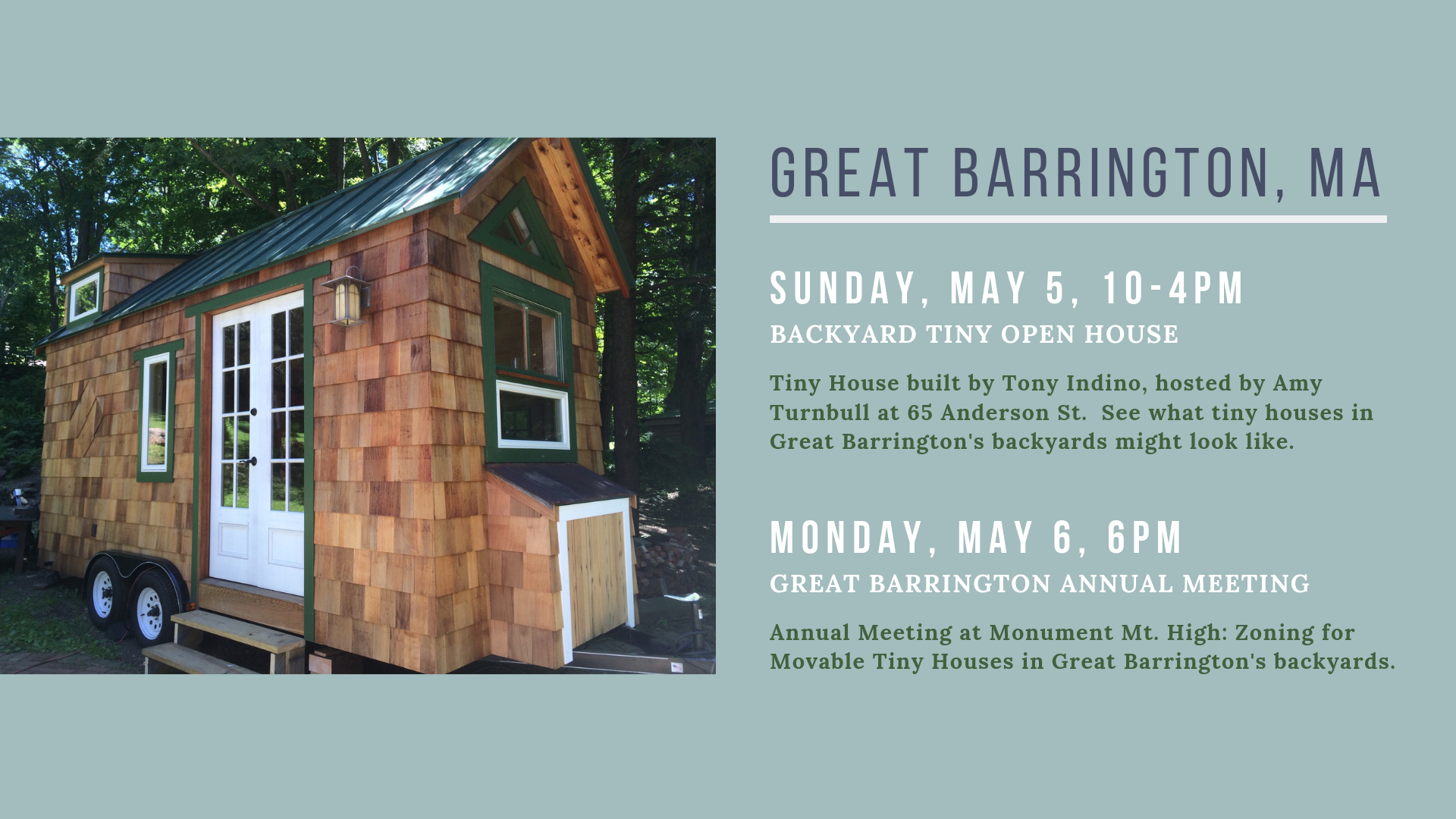
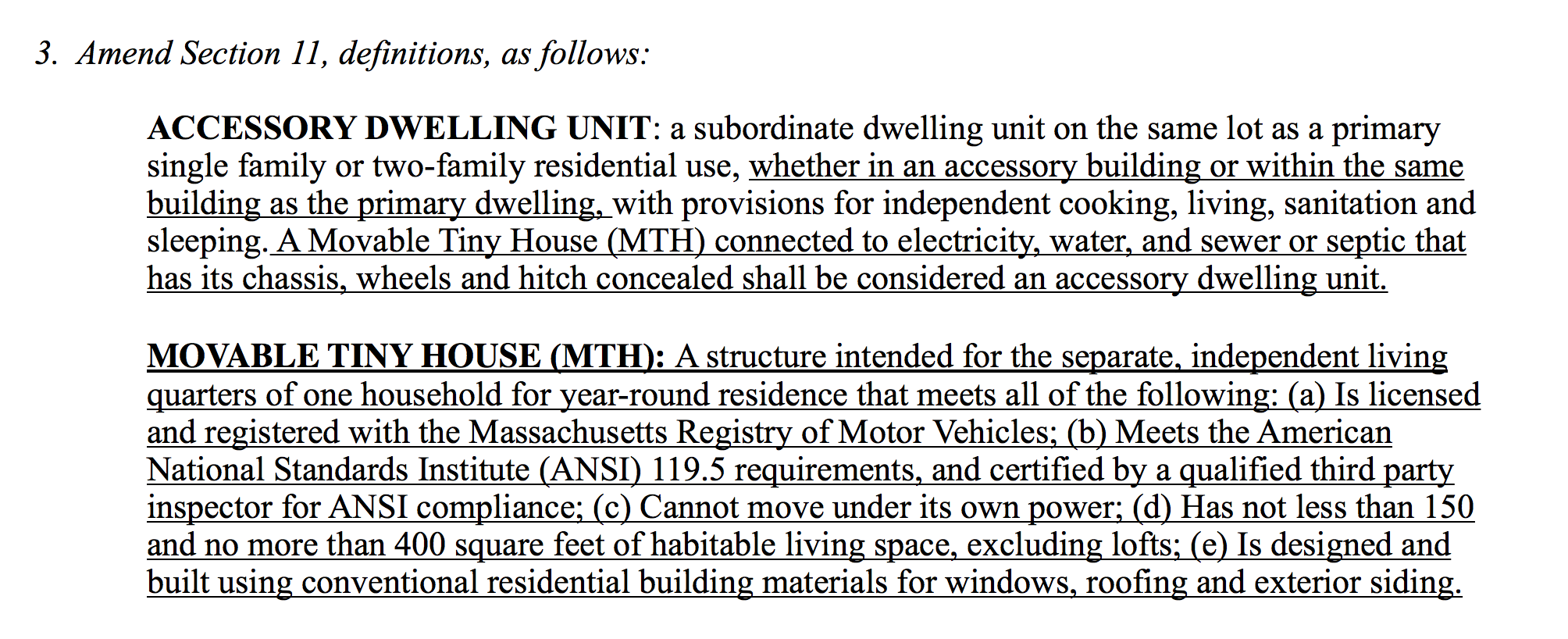




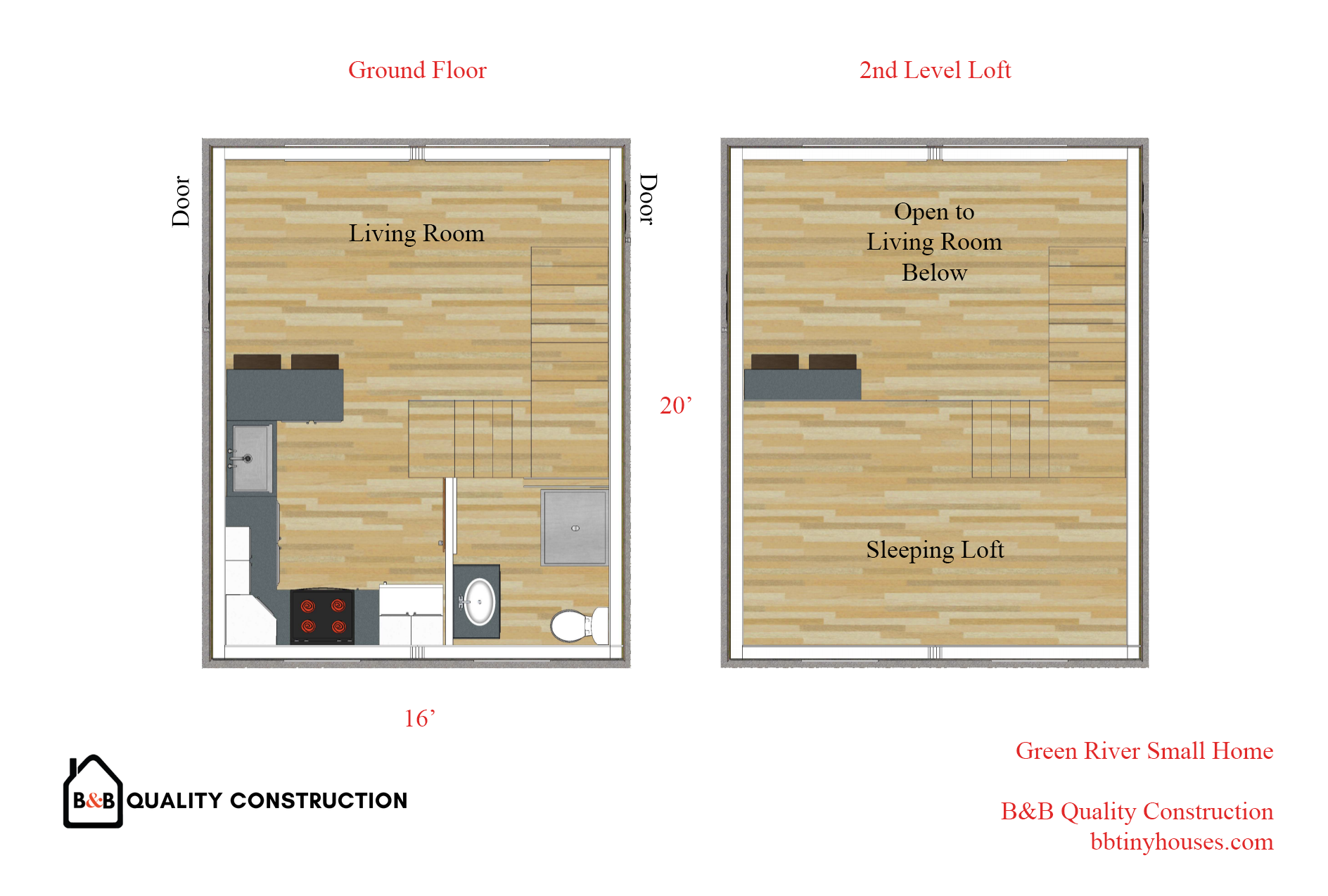
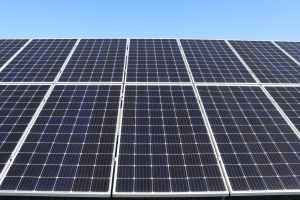
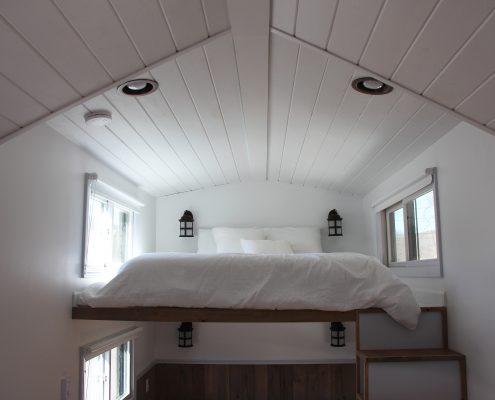
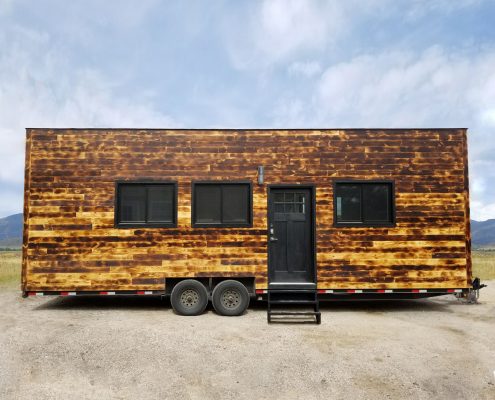
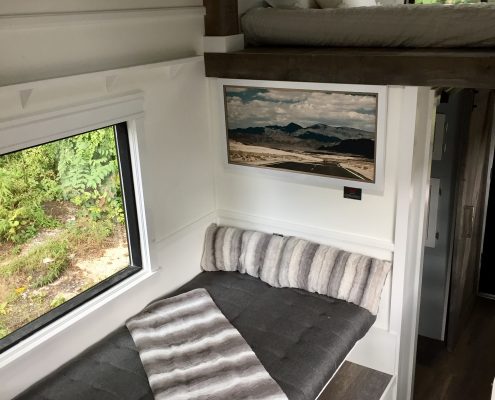
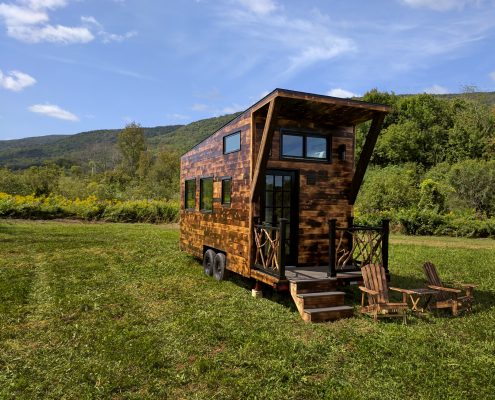
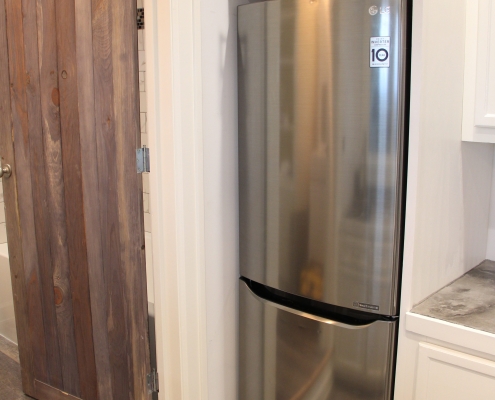
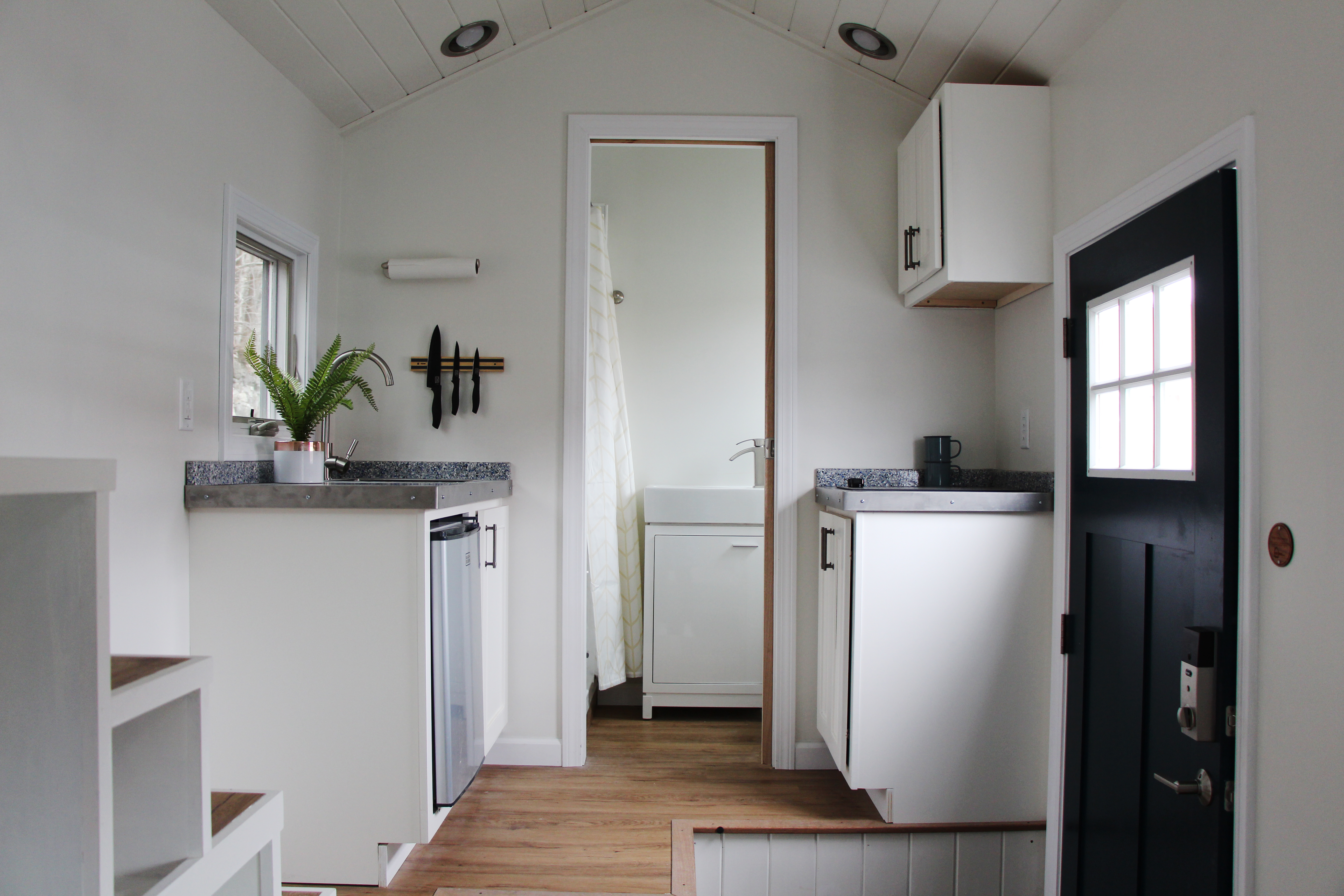
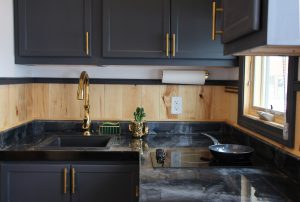
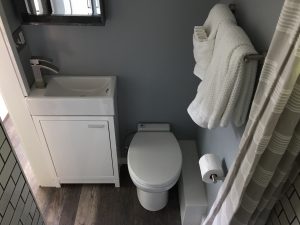
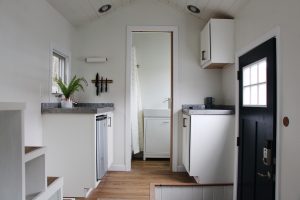
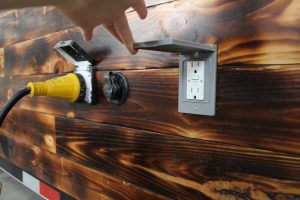
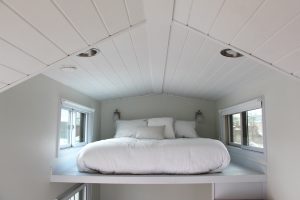
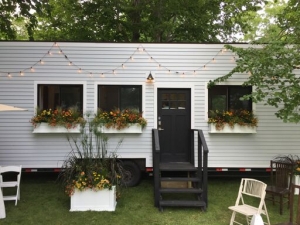 For some this is easy: a backyard, a piece of property in a town that allows RVs, or an RV park. For those who don’t yet know where to put their tiny house, finding a location to put their tiny house is a crucial step. We’ll build your tiny house differently depending on whether you plan to travel often with your house or it’ll stay in one place. There are many different customization options available for your tiny house, which often depend on what kind of utilities are available at your tiny house site.
For some this is easy: a backyard, a piece of property in a town that allows RVs, or an RV park. For those who don’t yet know where to put their tiny house, finding a location to put their tiny house is a crucial step. We’ll build your tiny house differently depending on whether you plan to travel often with your house or it’ll stay in one place. There are many different customization options available for your tiny house, which often depend on what kind of utilities are available at your tiny house site.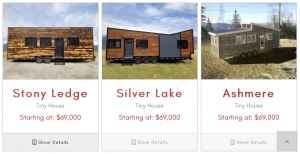
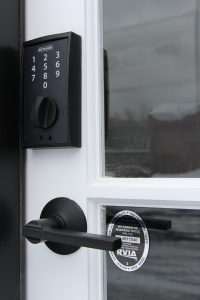 B&B’s Tiny Houses on wheels are inspected by the Recreation Vehicle Industry Association, or the RVIA. Your tiny house will come with an individual seal showing it’s been certified. Because they’re certified to RVIA standards, our tiny houses are legally considered RVs, and can get RV financing, insurance, and access to RV parks. Having this certification also helps when explaining to your town’s Planning and Zoning Board exactly what a tiny house is and how it’s certified.
B&B’s Tiny Houses on wheels are inspected by the Recreation Vehicle Industry Association, or the RVIA. Your tiny house will come with an individual seal showing it’s been certified. Because they’re certified to RVIA standards, our tiny houses are legally considered RVs, and can get RV financing, insurance, and access to RV parks. Having this certification also helps when explaining to your town’s Planning and Zoning Board exactly what a tiny house is and how it’s certified.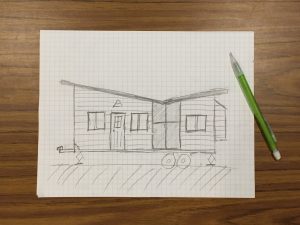 Whether you’d like to make changes to the blueprints of the tiny house or not, a
Whether you’d like to make changes to the blueprints of the tiny house or not, a 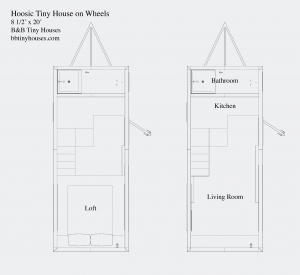 After your design session, our team will create a quote for your tiny house. If you need changes to the existing plans, we’ll create a new drawing: this can take a few weeks depending on our design pipeline.
After your design session, our team will create a quote for your tiny house. If you need changes to the existing plans, we’ll create a new drawing: this can take a few weeks depending on our design pipeline.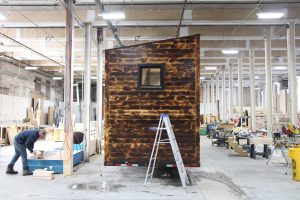 Our build schedule varies throughout the year: sometimes we can start building a tiny house right away, and other times there will be other projects in the pipeline. We’ll be sure to keep you updated on our build schedule.
Our build schedule varies throughout the year: sometimes we can start building a tiny house right away, and other times there will be other projects in the pipeline. We’ll be sure to keep you updated on our build schedule.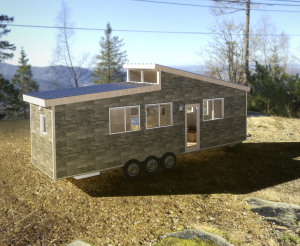 If you’ll be towing your tiny house, here’s a primer on
If you’ll be towing your tiny house, here’s a primer on 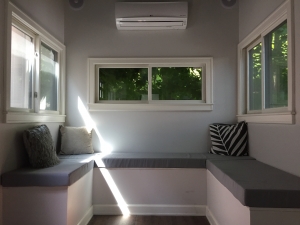
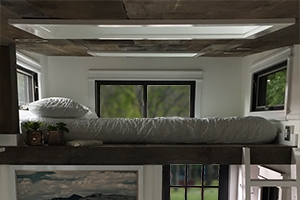
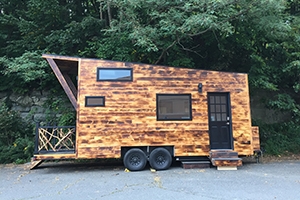
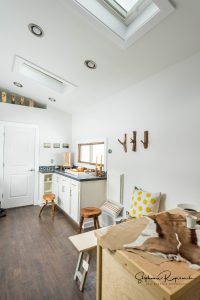 Windows and skylights make a huge difference.
Windows and skylights make a huge difference.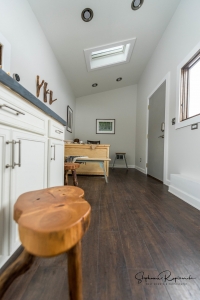
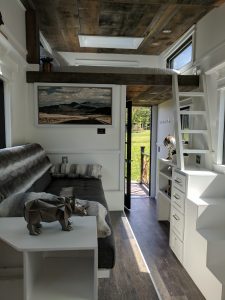
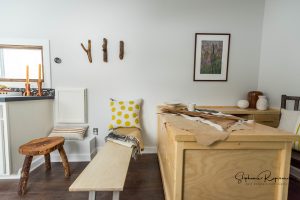 Mobile offices are great for greeting customers outside the work area.
Mobile offices are great for greeting customers outside the work area.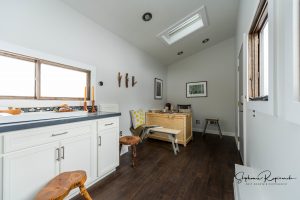 More people can fit in an 8 1/2′ x 20′ space than you think without feeling claustrophobic.
More people can fit in an 8 1/2′ x 20′ space than you think without feeling claustrophobic.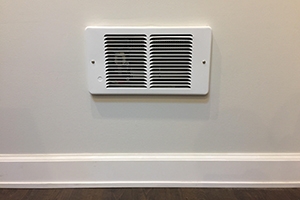
 Tall ceilings and not too much clutter on the walls really make a space feel bigger.
Tall ceilings and not too much clutter on the walls really make a space feel bigger.